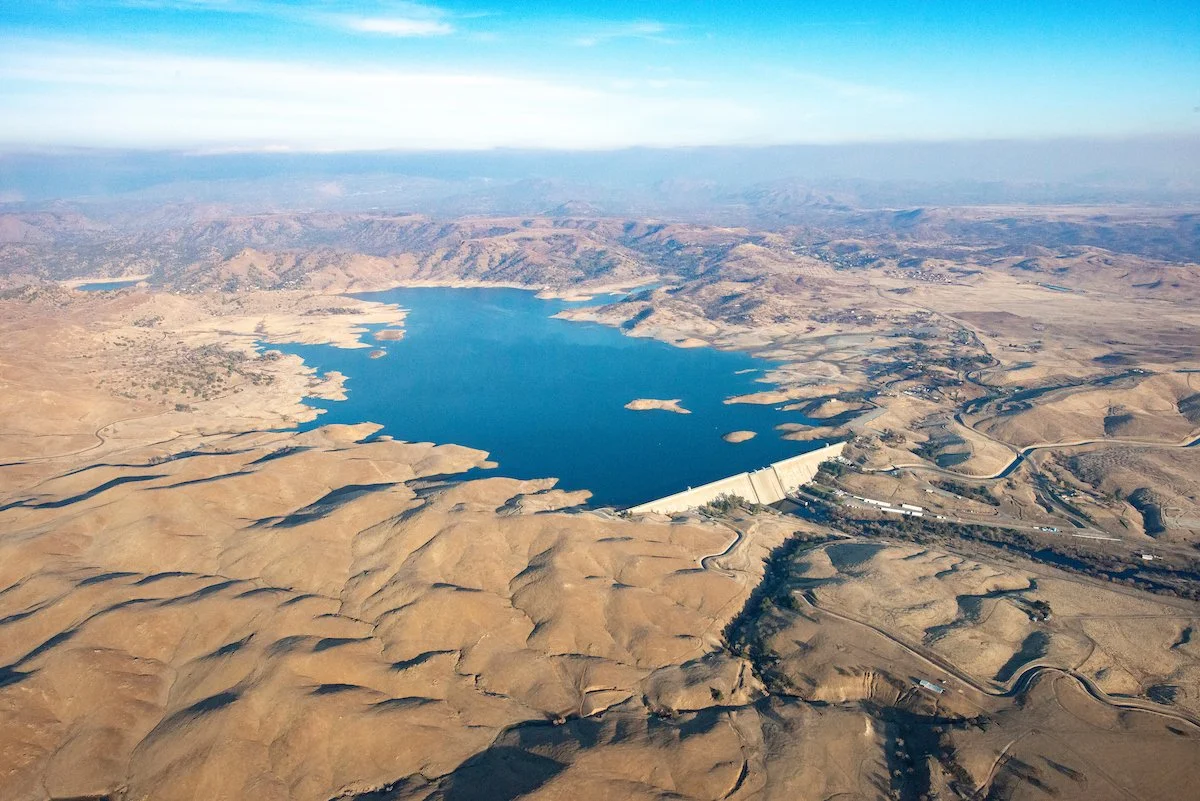Reviving a Great New Dam-Building Era?
The 319 foot tall Friant Dam, owned by Bureau of Reclamation, impounds the San Joaquin River, creating Millerton Lake. Photo courtesy of Florence Low, Department of Resources, 2014.
From its founding in 1902, the U.S. Bureau of Reclamation built a lot of dams, especially during the Great Depression and the post-World War 2 years. Think Hoover, Shasta, Grand Coulee, and Friant Dams.
But the “good times” eventually have to come to an end. According to Reclamation’s “A Brief History,” some three decades ago, “[t]he arid West essentially has been reclaimed. The major rivers have been harnessed and facilities are in place or are being completed to meet the most pressing current water demands and those of the immediate future.” (1)
However, the political movement for taxpayer subsidized dams did not stop. In 2016, California U.S. Senator Dianne Feinstein passed a 5-year experiment to revive Reclamation’s (and others’) dam-building programs called the Water Infrastructure Improvements for the Nation Act of 2016 (WIIN).
The WIIN and the $2.7 billion dollar taxpayer subsidy in Proposition 1, along with dam project boosting from the Trump, Brown, and Newsom Administrations resurrected active work on dams, canals, and the appetite for more such taxpayer subsidized treats.
As Senator Feinstein faces her final years in office, she and her staff are continuing her efforts to revive her WIIN extension and modification bill, the STREAM Act (Support To Rehydrate the Environment, Agriculture, and Municipalities Act). We don’t have a copy of her latest effort (just an incomplete summary - (2)), but earlier copies were aimed at creating a permanent Reclamation program to generously finance Reclamation and non-Reclamation dams inconsistent with existing Reclamation law that extends back to the 1902 Reclamation Act, including the budget reforms of Presidents Carter & Ronald Reagan.

